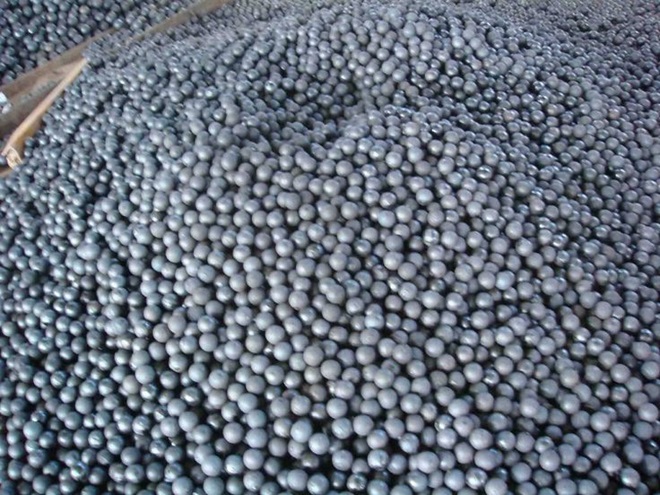Industrial manufacturing as we all know, accounts for the production of those products that are meant for consumption by the industrial sector. So it won’t be wrong to say that it is the production of industrial manufacturing sector that makes mass manufacturing possible in a majority of other industries. Industrial manufacturing is also used to produce different types of machinery and equipment, which are used in various manufacturing sectors to produce items and goods for mass consumption in the retail industry.
However, despite of the huge range of products manufactured by the industrial manufacturing sector (companies like CSS International), there is one common purpose behind these products that immediately catches the eye. They are all meant to either totally remove or bring down the amount of manpower needed in a manufacturing process to complete the job. In other words, it is industrial manufacturing indeed that plays a very crucial role in producing several goods and products in a time sensitive and cost effective way.
Types of industrial manufacturing:
Based on the types of products that are manufactured by industrial manufacturing sector, industrial manufacturing can be divided into 2 primary categories namely, standard industrial manufacturing and custom industrial manufacturing. Standard industrial manufacturing is used for producing products that are most commonly used across manufacturing units on a regular basis; that’s why their cost is also on a lower side. However, these products are not able to fill the special needs of a customized manufacturing process, and that’s where the role of custom industrial manufacturing takes center stage.
Custom industrial manufacturing is more expensive than the standard process because it is build to meet the specific criterion given by the buyers. Although it also takes a lot more time to complete than the standard process, but it also brings more profits in the end.
Lead players in this sector:
Owing to the diverse range of industrial products manufactured by the industrial manufacturing sector today, the players in this segment also include a wide range of companies. In industrial electronics sector, the top honors are shared by electronic giants Sony, IBM and Eaton Corporation. In heavy machinery and farm machinery sector, players like Caterpillar, Mitsubishi Heavy Industries and John Deere take the top spots. In the industrial conglomerate sector, names like General Electric, Emerson and Stanley Black & Decker are currently ruling the roost. In the Industrial plastics sector, DuPont and Illinois Tool Works take top spots in providing a majority of objects required for the manufacturing process.
Future possibilities:
Since the primary objective of industrial manufacturing is to maximize automation in manufacturing processes, there is always an increased emphasis on employing better and improved high-tech production techniques. More and more industrial manufacturing firms are trying to introduce technology driven processes to counter the pressure from competitors based in domestic as well as foreign markets. Introduction of Robotics, super computers and equipment that can be programmed are the latest steps in the quest for more automation to increase productivity, so that their efficiency could be increased and the need for unskilled labor cut down to the max.
However, when it comes to the current scenario in industrial manufacturing, it is pretty clear that the more traditional sectors of the industry seem to have achieved their full potential. And it is the new growing sectors that promise much development in the years following ahead. But despite the innovations and technologies brought in by companies in this sector to enhance their efficiency and productivity, there seems very little room left for growth in developed nations for this sector. Moreover, increasing costs of raw materials and a significant reduction in overall capital spending is also causing the margins to squeeze and creating excess production. In such a scenario, it is no wonder that industrial manufacturing operations are making a gradual move towards the developing countries, where operating costs are way lower than developed countries, and the industry is witnessing tremendous growth right now.


















